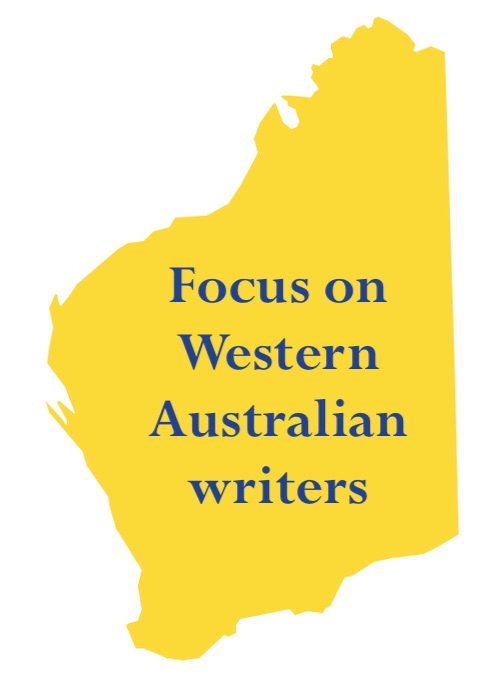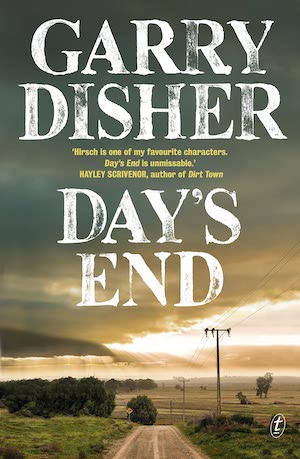
Non-fiction – paperback; Pushkin Press; 186 pages; 2018.
My fascination with Fascist Italy’s participation in the Second World War and the impact the conflict had on ordinary citizens continues with this compelling and highly readable two-volume set of war diaries by Iris Origo (1902-1988).
I had never heard of Iris Origo until I began to see these books pop up in my social media feeds earlier in the year. The diaries were published by both NYRB Classics and Pushkin Press in 2018, so I’m not sure why they have experienced a resurgence now, but I am so glad to have made their acquaintance, if somewhat belatedly.
But first, who was Iris Origo?
Portrait of a writer
The introductions to both these books, along with her Wikipedia entry, explain that she was an English-born biographer and writer who came from wealth and privilege — her father was a rich American diplomat and her mother the daughter of an Irish peer — but she had a peripatetic upbringing in England, Ireland, Italy and America.
After her father’s untimely death when Iris was eight years old, her mother settled in Italy and this is where Iris spent the rest of her childhood.
When she was 22, she married an Italian, Antonio Origo, and together they purchased a 2,800 hectare rundown estate, La Foce, in the Province of Sienna, and set about transforming it. During the Second World War, the couple housed refugee children at the estate as well as sheltering and feeding many escaped Allied prisoners of war and Italian partisans.
A talented writer, Iris became best known for War in Val d’Orcia: An Italian War Diary 1943-1944, which was published in 1947 to great acclaim. That book, reviewed below, recounts her time at La Foce (which is now a UNESCO World Heritage site) during the war, the last years of Fascism and the liberation of Italy.
But an earlier diary, A Chill in the Air: An Italian War Diary, 1939-1940, was not published during her lifetime. It’s a chilling account of how Italy stumbled into conflict in 1940.
In the afterword to the Pushkin Press edition, Katia Lysy, granddaughter of Iris Origo, writes that the manuscript was found hidden in her papers marked “unpublished”. She believes it was meant to be “a very private record in which Iris could give voice to thoughts and feelings she was usually forced to suppress” because to say such things aloud at the time might have landed her in hot water.
Chilling entries from the past
Published for the first time in 2017, A Chill in the Air is, indeed, chilling. It’s written reportage style without the benefit of hindsight which would allow the writer to contextualise events or to see the bigger picture. Instead, Origo provides a highly personal account of events happening around her, often via her impressive network of well-appointed contacts — her godfather was the American ambassador, for instance — giving us glimpses of multiple voices from political, cultural, religious and social circles.
Her granddaughter summarises it like this:
[…] A Chill in the Air reflects the increasingly oppressive atmosphere of a country on the brink of a war for which it is entirely unprepared. Iris Origo’s account of those years makes compelling reading. She pores over Italian newspapers and reflects poignantly on the changed attitude of her adopted country towards her beloved England, all the while holding our interest with an effortless flow of anecdotes, chilling wartime jokes and insider accounts of diplomatic negotiations doomed to failure.
The thing that strikes me most about reading this diary is that **I** know the outcome of events, but the writer, as she wrote the words, did not. Lines such as “terrible to think of what may lie ahead” (from 28 March 1939) and “the German advance on the Somme continues” (9 June 1939) and “All letters from England are a month old. What is happening? What can be happening?” (17 July 1940) seem alarming because history tells us what occurred.
The penultimate entry, written on 20 July 1940, before the writing of the diary was interrupted by the birth of Iris’s daughter on 1 August, is particularly chilling:
Last night Hitler’s speech. It is received here with almost universal approval: even those people who are not admirers of Naziism consider it a genuine effort towards peace and a last chance for England to save herself from destruction. That this destruction will be inevitable and will be swift, if Hitler does attempt it, no one doubts.
(This speech, in which Hitler offers the British an ultimatum — peace or destruction — can be read in full online.)

Non-fiction – paperback; Pushkin Press; 320 pages; 2017.
War in Val d’Orcia covers the period 30 January 1943 to 5 July 1944 and feels more polished and more personal than the earlier diary. It is definitely more detailed and intricate.
It’s a well-written, first-hand personal account of a difficult time in Italy’s history but Iris Origo always brings a clear-eyed pragmatic view to everything she writes. In the preface to this Pushkin Press edition, she claims that she tried to “avoid political bias and national prejudice” but acknowledges that she may well have “swallowed propaganda without realising it”.
Complex position
During 1943-1944, Italy’s involvement in the war is complex — and ever-changing. While the earlier diary covered the stage when Fascist leader Mussolini joined forces with Hitler, this diary charts changing circumstances. This includes the Allies landing in Sicily and bombing Rome, the Germans being driven out and Mussolini being arrested, heralding the fall of the Fascist regime.
As well as documenting the conflict — the looting, the bombing, the ever-present danger to Italian Jews and how the Fascist militia works hand in hand with the Nazis — Iris also gives us an insight into her own war efforts. Together with her Italian husband, Antonio Origo, the pair oversee more than 50 farms run by local peasants on their vast estate, producing the food required to sustain the nation. They open up La Foce to 32 refugee children, providing them with food and shelter, educating them and keeping them occupied while the war rages on.
Later, they secretly house escaped Allied prisoners of war (POW) and partisans who have taken up arms against the government. By doing this, both Iris and her husband are risking their lives for to help the enemy is a serious crime, punishable by death.
When the Italian armistice is called in September 1943, it looks like the war is over, but it’s really the beginning of the violence as the Nazis go on a rampage and POWs look to escape to places of safety. The diary does not shy away from describing some of this brutality.
Bombs were dropped in the valley this morning, shaking the house — aimed a the bridge on the Orcia. Then the bomber formation (thirty-six) flew over our heads and bombed Chiusi and the railway line. The explosions were loud even up here, and the children were frightened […] A lorry full of evacuees, all women and children, was hit at the Acquaviva crossing — twenty people wounded and eleven killed. (22 April 1944)
It doesn’t bode well when an airdrop by German planes announces that anyone hiding or helping the enemy will be shot on sight and that any house in which rebels are found will be blown up. Leaflets dropped by Allied planes announce the opposite.
The peasants read these leaflets with bewildered anxiety as to their own fate, and complete indifference (in most cases) to the main issue. Che sarà di noi? (What will become of us?) All that they want is peace — to get back to their land — and to save their sons. (21 May 1944)
Doing the right thing
I found this book not just a compelling and eye-opening read, tinged with sadness, enormous loss and grief, fear and violence, but a ringing endorsement of doing what is right and helping others in whatever way you can. The folly of war plays out against these pages yet Iris Origo, with all her wealth and privilege, does not seek the easy path, which would be to turn a blind eye. Instead, she courageously acts for the greater good.
What drives her to take the less selfless path is hard to know, but it may well have been the death of her son, who died of meningitis at the age of seven in 1933.
Reading A Chill in the Air and War in Val d’Orcia back to back was an intense and unforgettable experience.
For another take on these two diaries, please see Radz’s combined review at Rahika’s Reading Retreat. Jacqui of JacquiWine’s Journal has also reviewed A Chill in the Air and War in Val d’Orcia separately.
 These are my 13th and 14th books for #20BooksOfSummer 2023. I bought them earlier in the year after I kept seeing mention of them on Instagram.
These are my 13th and 14th books for #20BooksOfSummer 2023. I bought them earlier in the year after I kept seeing mention of them on Instagram.







































